There are four components of muscle recovery: restoring fluid and electrolytes, replenishing glycogen, reducing muscle and immune stress, and rebuilding muscle protein.
Reducing Muscle and Immune Stress
In the long-term, sports training strengthens muscles and the immune system. However, individual workouts damage muscles and can temporarily suppress immune system function.
Every athlete has experienced muscles soreness after training and, especially, competing. There are no fewer than three known causes of post-exercise muscle soreness. The primary cause is mechanical stress, which is an accumulation of microscopic tears to muscle fiber membranes and protein filaments that happen as a consequence of repetitive, intense muscle contractions. The body’s efforts to repair such damage entail increased blood flow to the area, and with increased blood flow comes inflammation, and with inflammation comes soreness.
A second cause of post-exercise muscle soreness is oxidative stress, also known as free radical damage. Oxygen is a highly reactive type of molecule. During intense exercise, an athlete’s rate of oxygen consumption increases dramatically. Many of the individual oxygen molecules consumed during exercise lose an electron and become freed radicals inside the body. These molecules are extremely unstable and must regain stability by pilfering an electron from a muscle cell membrane, thereby damage the muscle cell.
The hormone cortisol has also been linked to muscle cell damage. Cortisol is a hormone released by the adrenal glands in response to all forms of stress. Its main function is to release amino acids from muscle proteins and transport them to the liver for use as an energy source. The release of cortisol tends to occur in the latter portion of long workouts, when the preferred glycogen energy source has been depleted.
BioG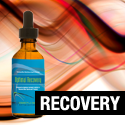 enix Optimal Recovery not only help to replenish energy stores and fluids lost during exercise, but optimizes protein synthesis (the process of increasing the protein content of muscle cells, preventing muscle breakdown and increasing muscle size) to help soft tissue (muscles, tendons, ligaments) repair and the removal of chemicals that build up as a result of cell activity during exercise.
enix Optimal Recovery not only help to replenish energy stores and fluids lost during exercise, but optimizes protein synthesis (the process of increasing the protein content of muscle cells, preventing muscle breakdown and increasing muscle size) to help soft tissue (muscles, tendons, ligaments) repair and the removal of chemicals that build up as a result of cell activity during exercise.
By doing so, athletes maintain higher levels of blood glucose, which slows the use of muscle glycogen and delays the need for the use of protein as an energy source.
BioGenix Sports Optimization….Who is Fueling Your Game



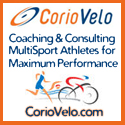
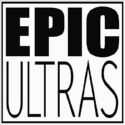
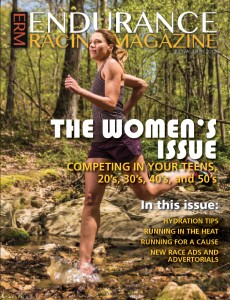


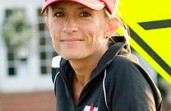

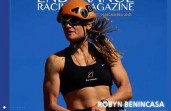


Dear customer services I looking more information refernt BioGenix thank
Would love to help you out. I can send you to Bio-Genix directly if you would like.
It is essential to accelerate muscle recovery for a number of reasons. In order to get back into your fitness routine, incorporating a few healing techniques for sore muscles is essential. Whether youre a seasoned athlete or just starting a fitness routine, giving the muscle time to repair itself is imperative to muscle recovery, which can affect your ability to exercise or train on a regular basis. No matter what your fitness level, youll be able to get back on track with your exercise routine by following these tips.^,**
Latest piece of writing straight from our blog
<http://www.healthmedicinebook.com